The Philippines is known for its rich culture and traditions. Even though the country was colonized by the Spaniards, Americans, and Japanese, the real authentic culture is still there and was never forgotten. As time goes by, as technology improves more and as innovations spread through the whole world, many people think that Filipino culture is being drowned by many new adapted or adopted cultures from other countries. Why is that? Because Filipinos are resilient and easier to adapt to things; new trends, new pop culture, and new things from different countries or timelines, they immersed, or add it to their culture.
But, all in all, Filipinos put their culture up first, no matter what the new trends or new pop culture bring, Filipinos do not belittle their culture and traditions. Now, if you are curious about what are some of the cultures and traditions of Filipinos, then you might want to dive into this article, as we will unravel the culture of the people in the Philippines and how they differ from other countries.
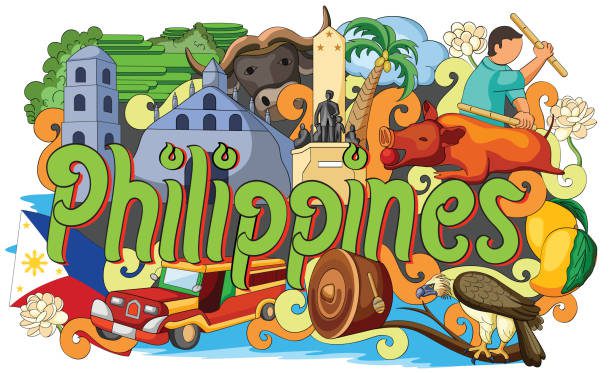
One thing about Filipinos that is innate to them is their resiliency. Filipino’s ability to adapt easily to things makes them stand out and incredible. For example, in times of calamity, Filipinos already anticipate some things whether they will cause big damage or no damage at all; they ready their minds and soul for whatever the calamity will bring. That is the reason why Filipinos are able to move on fast and look forward to whatever will heal them or make their lives better again. Matter of fact “Filipinos being resilient” is one of the cultures in the Philippines.
Now, we have here a list of the most known culture in the Philippines that you should know if you are planning to go to the country or are just plain curious about the beautiful Philippines.
10 Philippines Culture and Traditions
#1. Bayanihan
In the old days, owning lands is an issue in the Philippines, as Filipinos usually settle in an unknown land that is not theirs. So in order to be ready just in case someone claims they own the land in the land that their house is on, Filipinos build movable huts or “kubo” as their home. This hut is made of light materials such as bamboo, wood, and hays.
The term bayanihan means that the whole neighborhood or a lot of people helps move one family’s house from another location, since the Kubo is not built permanently on the ground, many men can carry it and move it from one place to another. That is Bayanihan. Nowadays, Bayanihan now is referred to as an act of many people helping people in distress, it has become kind of like the default term for many people helping.
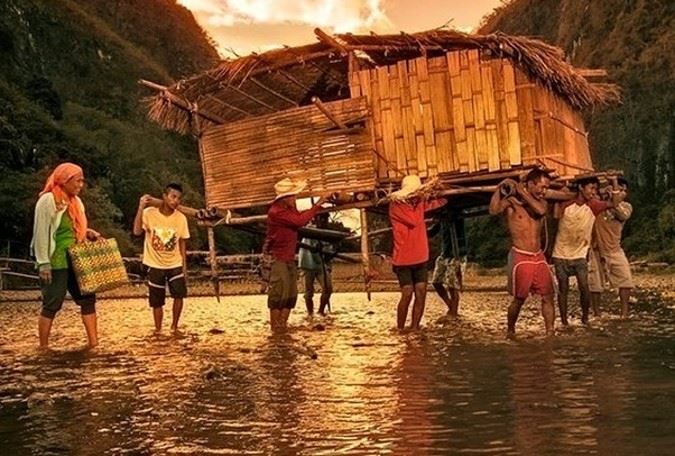
#2. Harana
Harana is a form of courtship in the Philippines. Filipinos are very traditional in terms of dating, unlike other country’s for example in the United States, when a guy and a girl confesses that they like each other, it is considered dating. But, here in the Philippines, men must go through courtship before calling the girl their girlfriend. Harana is the form of singing to the girl you want to court. It is believed that is done mostly in the old times, when women are perceived as conservative and that men should strive to get the chance to date the girl that he likes. Nowadays, harana is still alive and seen as an act of true love.
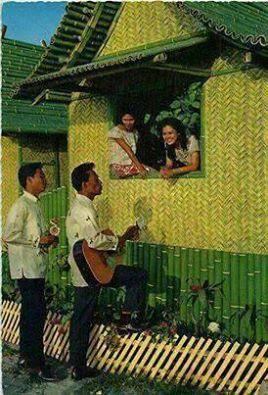
#3. Sukob
Sukob is a tradition in the Philippines that you cannot get married if another family member got married in that same year, or if a family member died that year. For example, your sister got married this year and you are planning to have your wedding this year too, that is sukob. There is a belief that if you did sukob, bad luck will come to your life. As a matter of fact, there are some Filipino horror movies that are based on the sukob tradition. So if you are in the Philippines and have another family member’s wedding in the same year, you better reschedule that wedding. Better to be safe than sorry.
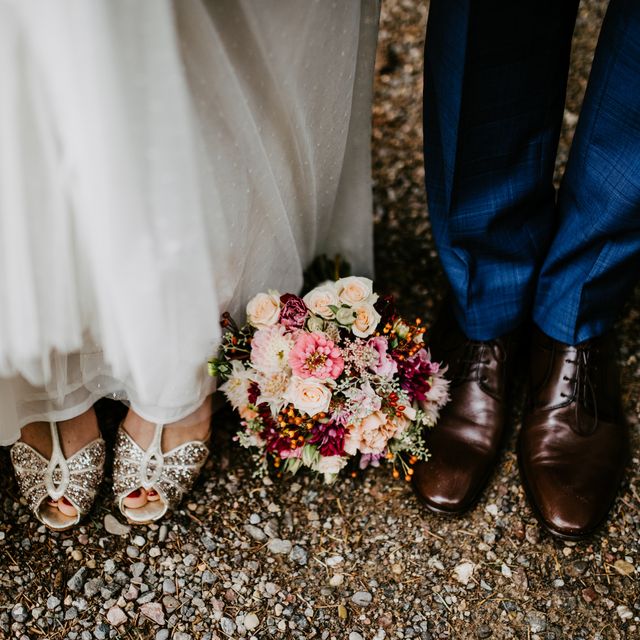
#4. Pag-mano
Pag-mano / Pag-mamano is a form of showing respect to elders. It is done whenever you greet elders especially if you know the people you are greeting. It is done by first saying “mano po” and then taking the hand of the elder and bumping it to your forehead while bowing down. It is kind of like similar to Koreans and Japanese who bow before elders but here in the Philippines, taking the hand to your forehead while bowing down is the right thing to do. This culture in the Philippines is still very much alive and will probably stay forever.
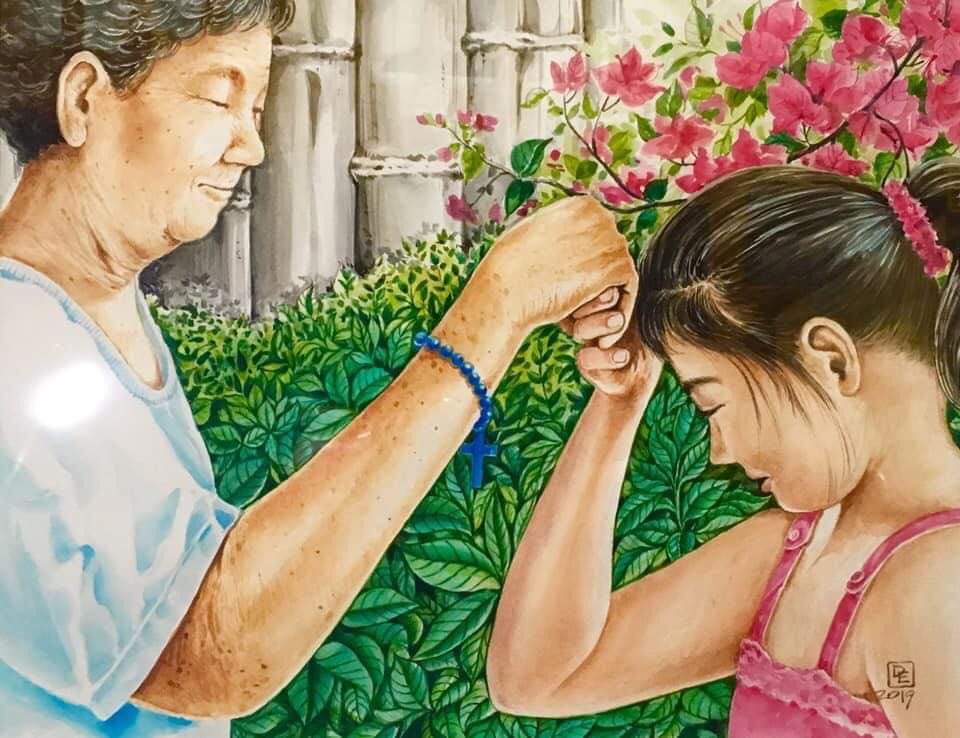
You May Also Like These
#5. The use of “Po” and “Opo”
This is a culture in the Philippines that will forever stay too. The use of “po” and “opo” at the end of sentences when you are talking to someone older than you. “Po” and “opo” is also used when you are responding to some elders calling you or talking to you” These words are kind of like fillers in a sentence but they hold meaning in the Filipino community. You will be deemed rude if you don’t use these words when talking to an elder. These kinds of fillers are not usually common in older countries where you should just sound polite when talking to elders or use some honorifics in order to give them respect.

#6. Saying “Tabi-tabi po”
This is another culture in the Philippines where it is still practiced up to this day and will be forever in the culture. Saying “tabi-tabi po” when you are passing through an unfamiliar place with an eerie feeling is the best way to protect you from bad luck. It is believed that certain places are houses of elves or otherworldly creatures that curse you if you pass them without saying or giving respects. Passing through an eerie place, especially at night is the best way to use this protective kind of like a spell or incantation.

#7. Filipinos love celebrations
You can never take away in festive celebrations in the culture of Filipinos. Filipinos have a “Fiesta” or festive celebration every month in different parts of the country. Every province has its own fiesta and none of them are all alike, they vary in different beliefs of that province or city. Big celebrations are of course celebrated all out, from colorful costumes on parade and every Filipino household pays for their celebration in the form of cooking meals and having visitors to eat and celebrate. An example of a celebration in the Philippines that is widely known is the Panagbenga Festival in Baguio City. It is a flower festival held every year in the summer capital of the Philippines—Baguio.
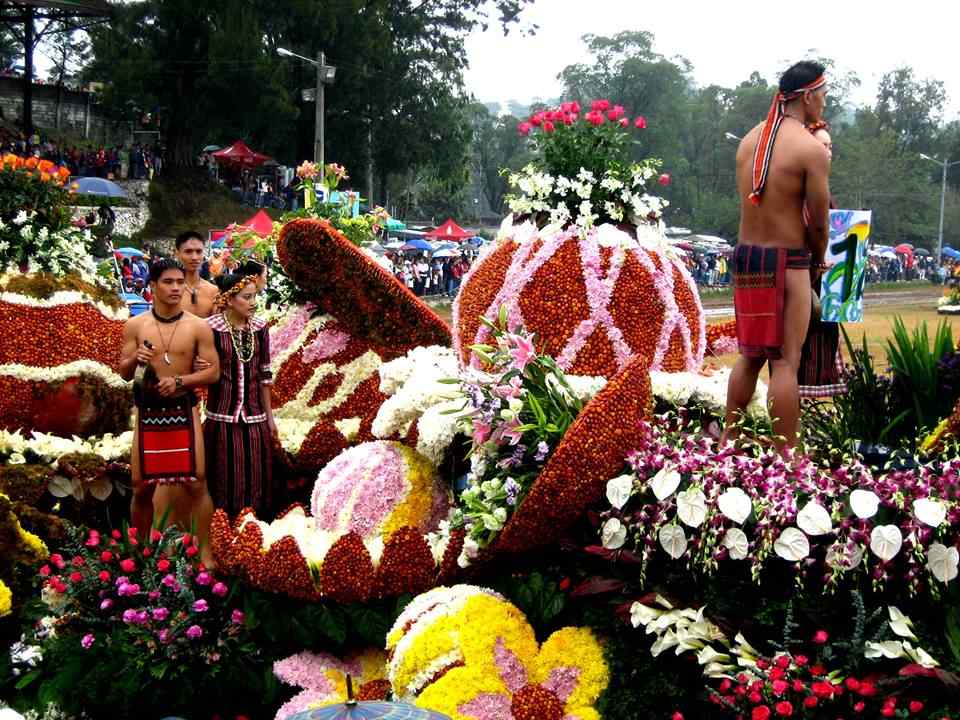
#8. Longest Christmas celebration
Yes, you read that right. One of the popular cultures here in the Philippines is the longest Christmas celebration. It is not like every day from December they get to eat and celebrate and exchange gifts, no. It is longer in the way you can feel the spirit of Christmas as early as October. Malls are already playing Christmas songs, and Christmas decorations are already decorated in every Filipino household and establishment, until the end of December.
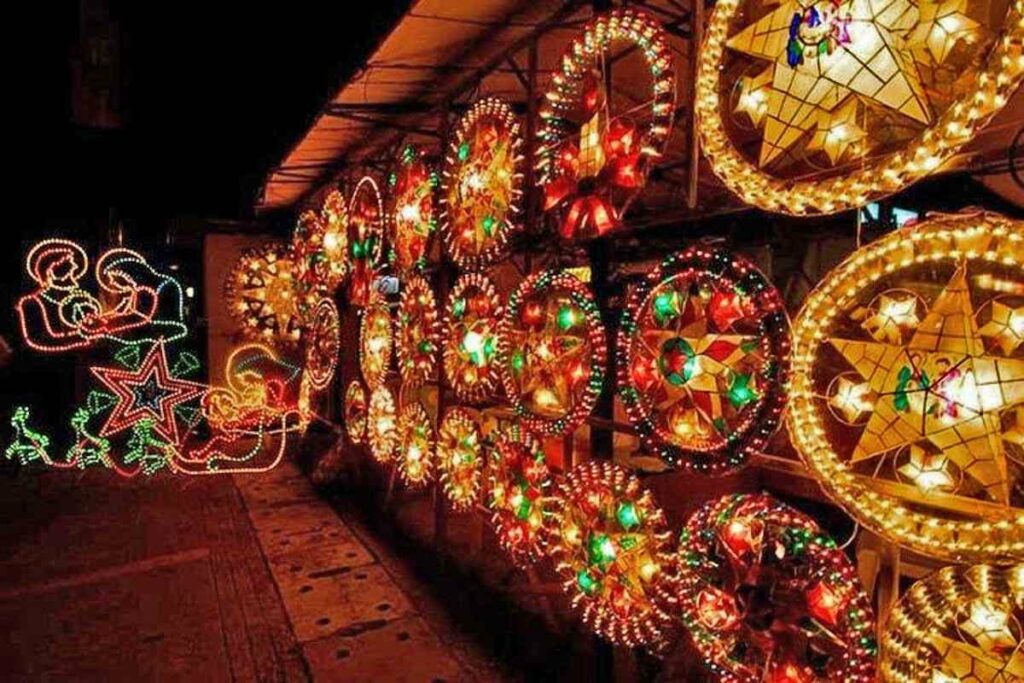
#9. Religious
Filipinos are religious people. It is in their culture to pay respects and give effort to whatever religion they are. Gatherings and services with their respective religions are a thing for Filipinos. Filipinos especially the elders are known to be strict when it comes to religion, and it is a thing in the Philippines that whether you are not religious when you are still young, you will be religious when you grow old.
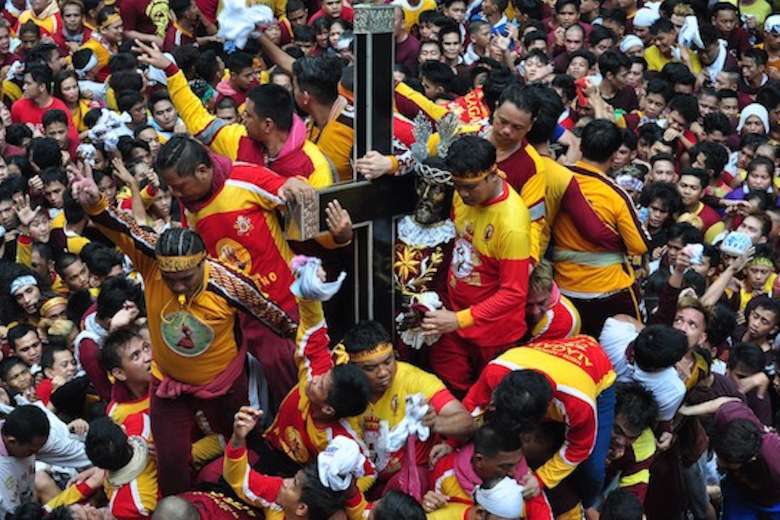
#10. Hospitality
Another culture and tradition in the Philippines that would probably never be submerged is the Filipinos’ hospitality. Filipinos are known to be hospitable and very welcoming, especially to people they don’t know. They like to help in ways they can and they like to accommodate people in need or people new to a certain place. Many foreigners and tourists testify to Filipino hospitality and that they felt very warm and welcomed in places they visit. It is a thin in the Philippines, especially in provinces with tourist attractions where locals are very accommodating and helpful.
Filipino hospitality is something they carried even if they are in another country, it is kind of like a trait that is innate and will never cease in a Filipino.
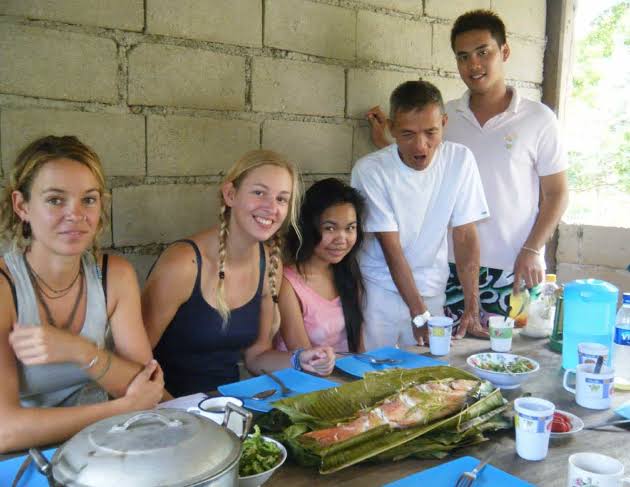
These cultures and traditions are the most common among the old generation and the new generation, so if you are planning to visit the Philippines one day, you will need to know these things.












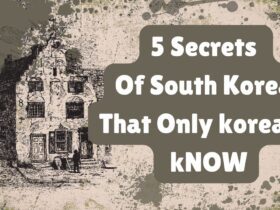

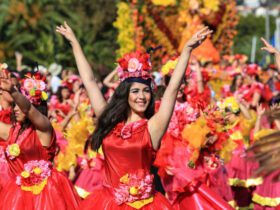



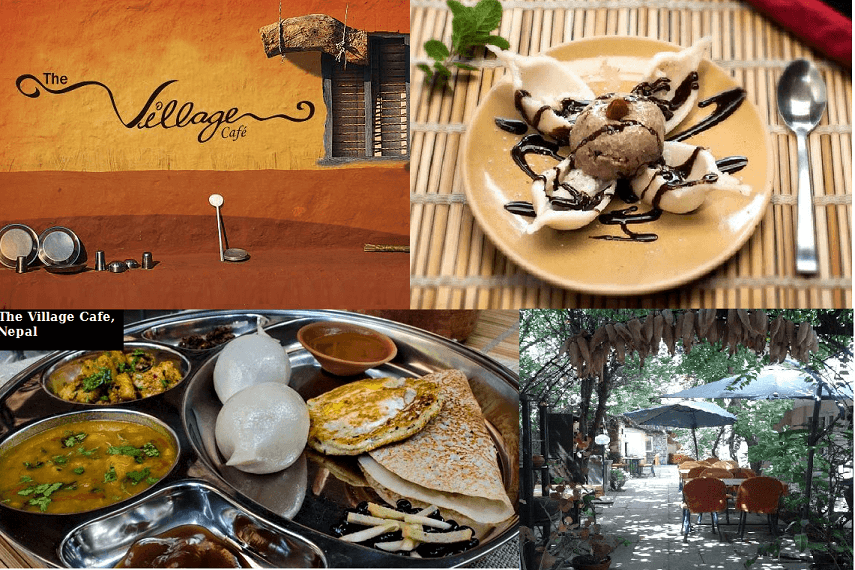
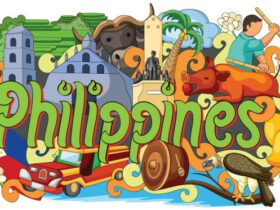









Leave a Reply
View Comments